June 18, 2025 | 15:07 GMT +7
June 18, 2025 | 15:07 GMT +7
Hotline: 0913.378.918
June 18, 2025 | 15:07 GMT +7
Hotline: 0913.378.918
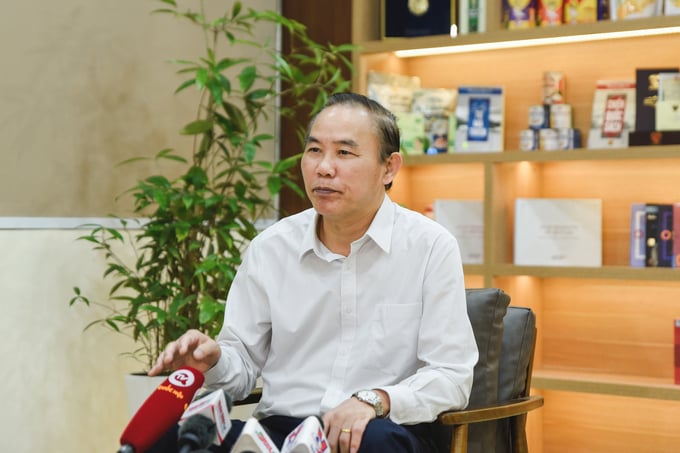
Deputy Minister Phung Duc Tien: The agricultural sector’s trade surplus was 9.3 billion USD, 26.2% higher than the same period last year, contributing to social development. Photo: Quynh Chi.
Total agricultural, forestry, and fishery export turnover in the first ten months of 2023 reached over 43 billion USD, down 4.2% compared to the same period in 2022 due to a sharp decrease in the export value of some main products. Of these, the seafood group is 7.45 billion USD (down 20.5%); forest products 11.65 billion USD (down 19.3%); production input 1.64 billion USD (down 20.3%).
However, agricultural and livestock products have increased value. Agricultural product exports reached nearly 22 billion USD, an increase of 17%. Notably, the export value of vegetables and fruits increased sharply; rice and cashew nuts also increased. Of these, the fruit and vegetable group is nearly 5 billion USD (up 79%); rice nearly 4 billion USD (up 35%); cashew nuts nearly 3 billion USD, up 15%. Besides, livestock products reached 402 million USD, an increase of 22%.
Agricultural product exports in October 2023 increased by 7.43% compared to September 2023 and 11.9% over the same period last year, reaching 4.81 billion USD. Of which, the agricultural product group contributed 2.47 billion USD, an increase of 31% over the same period last year.
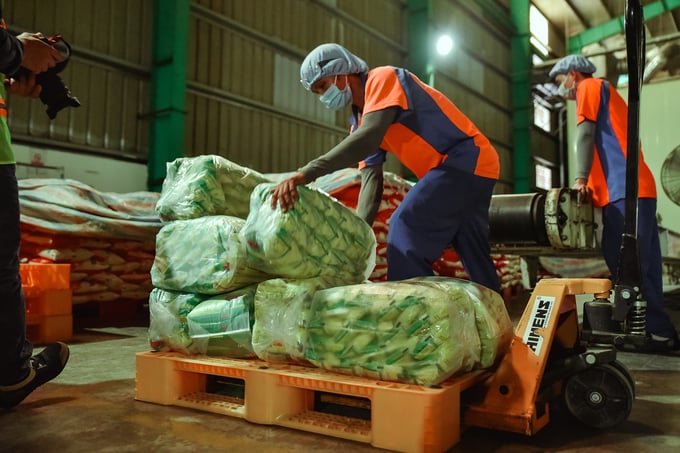
China, the United States, and Japan continue to be Vietnam's three largest export markets. Photo: Quynh Chi.
Regarding markets, agricultural exports to Asian markets increased, while they decreased to America and Europe. China, the United States, and Japan continue to be the three largest markets, although the value of exports to the United States and Japan has decreased. For the domestic market, prices remain stable, but rice prices tend to increase. Pig and black tiger shrimp prices decreased, while fruit prices fluctuated.
Measures to support consumption and stabilize prices include close monitoring, timely reporting, guidance on regulating production plans, and implementing market support events. E-commerce support also creates favorable conditions for business, knowledge, and skills training, as well as cooperation in building e-commerce booths.
Deputy Minister of Agriculture and Rural Development Phung Duc Tien said that with the current production situation, the agricultural industry will reach 53 billion USD. It is forecast that floods in the Central region will directly affect agricultural production and export. However, using experience from previous years, the Ministry of Agriculture and Rural Development will direct localities and units to quickly overcome the aftermaths of floods. “Recovering from natural disasters while accelerating to the finish line” is the entire industry’s mission in the last two months of the year.
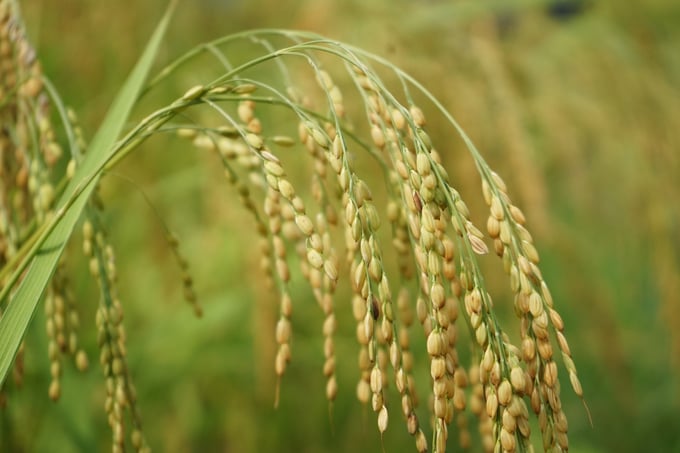
With the current growth rate, Vietnam will not be facing food shortages during the Lunar New Year. Photo: Archive.
It can be said that Vietnam’s rice industry has achieved great success, contributing to world food security, gaining benefits for rice growers, and promoting research on varieties and farming processes. For Vietnam to continue to integrate deeply, the Ministry will coordinate with associations to build a rice value chain.
“With the current growth rate and effective disease safety maintenance, we do not have to worry about lack of food during the Lunar New Year. In addition, the implementation of the project of 1 million hectares of high-quality, low-emission rice increases the reputation of the Vietnamese rice brand in the eyes of international friends,” the Deputy Minister said.
With high determination to remove the EC yellow card, Deputy Minister Phung Duc Tien said: “With a large sea area of more than 1 million square kilometers, a long coastline, and a fishing tradition for hundreds of years, resolve and prevent IUU (illegal, unregistered, and unlicensed) fishing is a priority. We have made very positive progress, but still have not met the EC’s requirements.
After the recent inspection, the EC affirmed the drastic intervention of the political system and the close direction of the Prime Minister, which showed many positive changes. Hopefully 6 months later, during the 5th inspection, Vietnam will remove the yellow card after 6 years.”
To realize the goal of removing the EC yellow card, the agricultural sector will continue to handle administrative violations, impose fines on stopping exports, and even increase fines, closely following Decree 42 on Penalties for administrative violations against regulations on fisheries. MARD has submitted to the Government to assign localities to inspect, evaluate and handle in accordance with the provisions of law.
Besides, effective solutions are needed for fleet management, especially large IUU ships. Ship management is facing many difficulties due to losing connection for many months, even a whole year. Out of 442 cases of lost VMS, only 46 cases were handled. Therefore, detecting and handling IUU fishing needs to be more drastic.
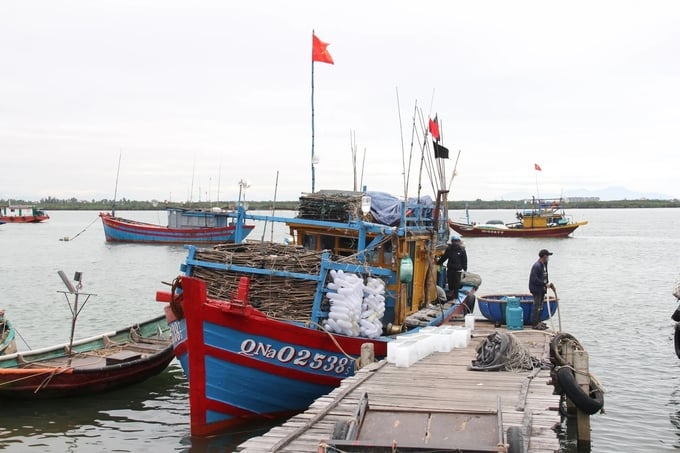
Effective fleet management is one of the important steps for Vietnam to remove the EC yellow card. Photo: Archive.
In the coming time, international cooperation and market development is the top priority to promote agricultural product consumption and enhance the development of domestic consumption and export markets.
To achieve this goal, MARD focuses on handling market issues to create favorable conditions for exporting agricultural and aquatic products, especially to large markets such as China, The United States, the EU, and the Eurasian economic union. At the same time, taking advantage of Free Trade Agreements (FTAs) – especially the CPTPP and EVFTA Agreements – is key to promoting the export of key agricultural products. Units under the Ministry will continue to support businesses in signing new export orders.
To ensure the strategy is successfully implemented, the Ministry will coordinate with countries to protect trademarks and geographical indications for Vietnam’s potential export products in the international market. Accordingly, MARD will monitor and understand the price of essential food items, and then report the data to the Domestic Market Steering Group and the Government’s Price Steering Committee. Activities such as Forum 970 help promote agricultural product consumption, as well as disseminate information, market regulations, and consumer tastes.
Translated by Quynh Chi
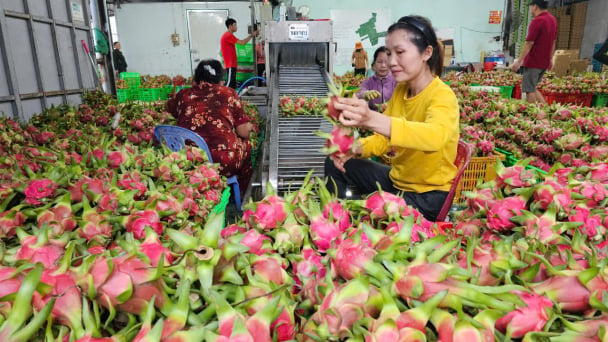
(VAN) According to the Binh Thuan Department of Industry and Trade, in the first five months of 2025, Binh Thuan's dragon fruit export turnover increased by 20.65% compared to the same period last year.
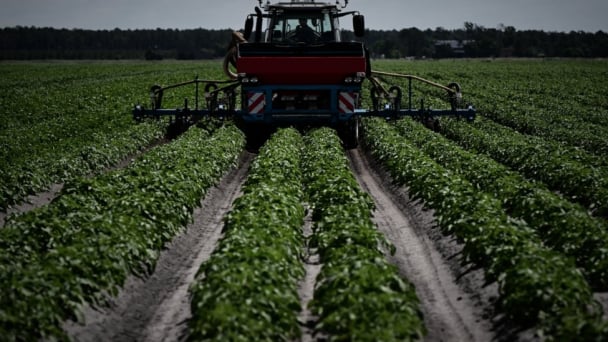
(VAN) EU countries on Thursday gave final approval to new tariffs on fertilizer imports from Russia, a move aimed at cutting off revenue that could support Moscow’s war in Ukraine, despite concerns from European farmers.
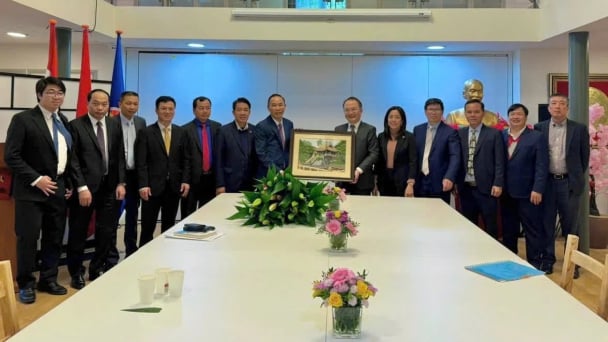
(VAN) The working delegation from the Ministry of Agriculture and Environment conducted an important trip to the Netherlands to strengthen strategic partnerships and sustainable development in the agricultural sector.
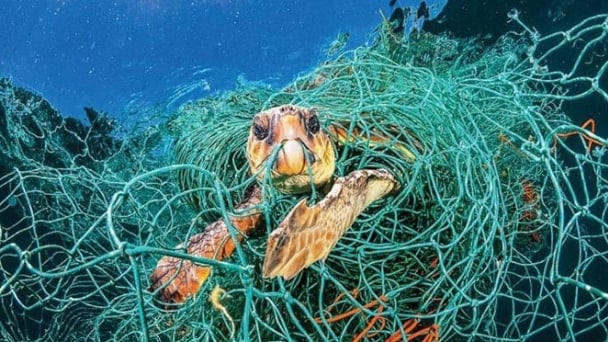
(VAN) The letter ‘A Plea from the Ocean’ not only evokes emotion but also awakens the human conscience to the responsibility of protecting life on Earth.

(VAN) The Department of Agriculture in South Africa has announced the country’s first mass vaccination of poultry to prevent local birds from contracting avian influenza.

(VAN) Establishment of the Mekong Delta Regional Agricultural Linkage Center, aiming for a closed value chain, deep processing, trading platforms, and international market connectivity.

(VAN) Gia Lai province has recently recorded 460 rare species of animals and plants, contributing to forest conservation and biodiversity planning in the region.